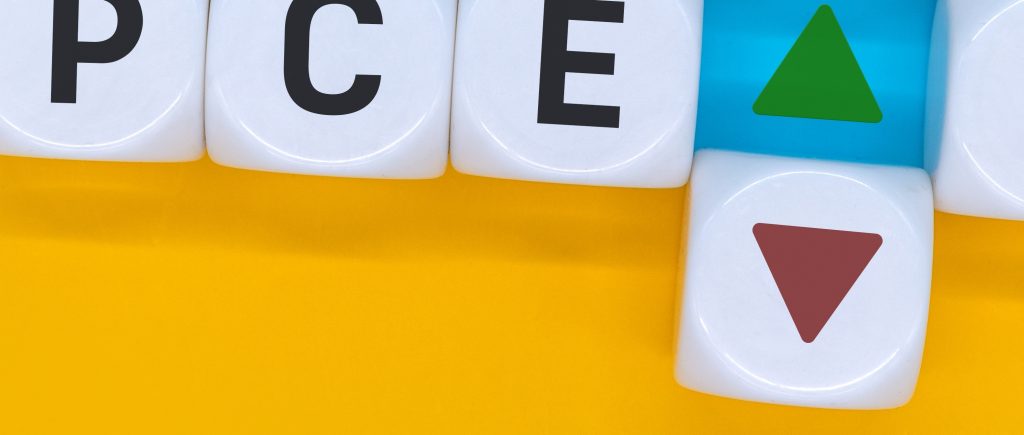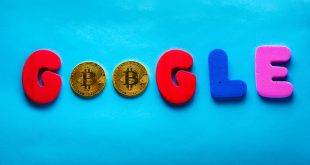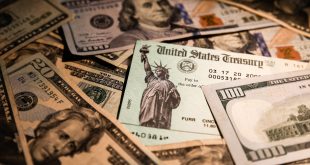The Personal Consumption Expenditures Price Index declined to 4.2% on a yearly basis in March from 5.1% in February, according to the US Bureau of Economic Analysis. The annual Core PCE Price Index, the Federal Reserve’s preferred gauge of inflation, edged lower to 4.6% from 4.7% in the same period, compared to analysts’ forecast of 4.5%.
On a monthly basis, Core PCE inflation and PCE inflation rose 0.3% and 0.1%, respectively. The US Dollar continued to outperform its rivals after this data and the US Dollar Index was last seen rising 0.55% on the day at 102. Two key gauges showed persistent US inflation pressures in recent months, buttressing the case for another Federal Reserve interest-rate hike next week.
Consumer prices increased 4.2% in March from a year earlier, slower than the 5.1% pace in February and the 40-year high of 7% in June. On a monthly basis, prices ticked up 0.1% following a 0.3% increase the prior month.
A measure of prices that strips out volatile food and energy items climbed 0.3%, nudged down the annual Inflation has eased in recent months, but is still high. Consumer spending on goods and services was flat, while personal income rose 0.3%.
Wages and benefits increased by 1.2% in the first quarter, slightly faster than the 1.1% gain recorded in the last three months of 2022. Private-sector pay climbed 1.2% and 5.1% annually, unchanged from the previous quarter. The two reports show inflation and pay increases are slowing gradually but remain elevated and bolster the Fed’s plan to raise its key short-term interest rate by another quarter percentage point next week.
Pay increases in service industries dipped to 1.1% from 1.2% the prior quarter. Fed Chair Jerome Powell has said officials’ chief goal is to reduce wage growth in service industries such as health and travel, which are contributing significantly to core inflation. The Department of Commerce reported that consumption grew at a healthy 3.7% annual rate during the first three months of the year, but spending was juiced by mild winter weather in January and has lost steam recently.
Retail sales, which includes outlays for goods but not services, fell 1% in March, more than expected. The Fed has raised its key interest rate by nearly 5 percentage points over the past year to cool inflation. The Consumer Price Index declined to 5% in March from 6% the previous month, but core CPI leaped by more than expected.
The Fed has said they intend to raise their benchmark rate by a further quarter point the following week in order to fight inflation, after which they expect to take a break as they monitor the effects of the sharp hikes on the economy and prices. The majority of economists predict that this year’s economy will enter a recession as a result of the Fed’s strong rate increases and the financial crisis from last month.
According to Powell, the failure of Silicon Valley Bank and Signature Bank will probably lead to banks limiting lending, which will damage the economy and inflation and allow the central bank to stop raising rates earlier than expected. However, the success of that plan depends on how swiftly inflation declines in the coming months.
 Noor Trends News, Technical Analysis, Educational Tools and Recommendations
Noor Trends News, Technical Analysis, Educational Tools and Recommendations





